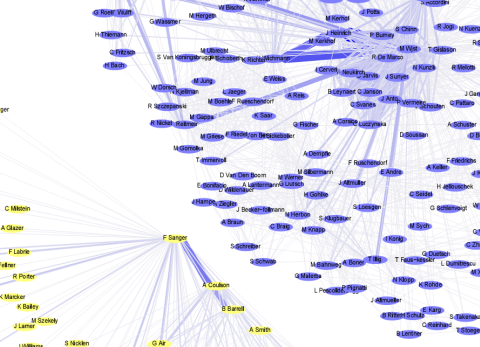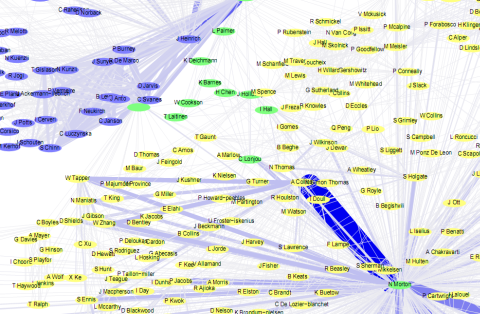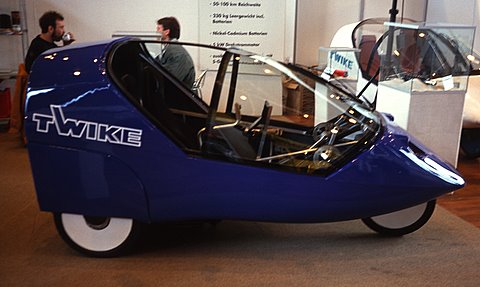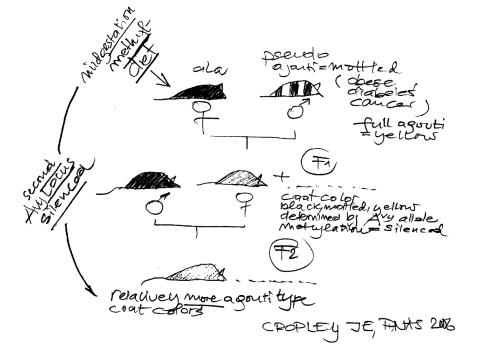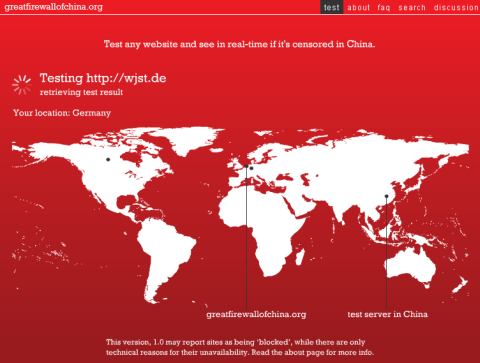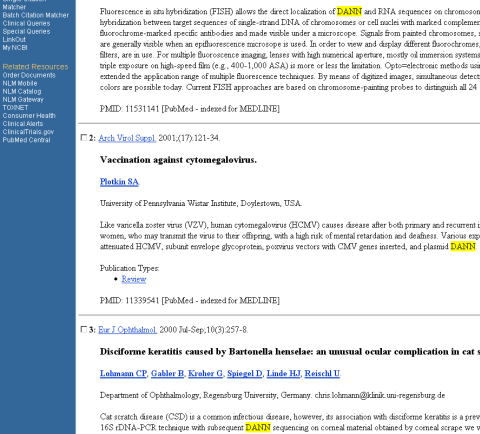This is to convince me that the thymic stromal lymphopoietin (TSLP) is a master switch in allergy
15 Aug 2004
Skin-specific overexpression of TSLP resulted in an AD-like phenotype, with the development of eczematous lesions containing inflammatory dermal cellular infiltrates, a dramatic increase in Th2 CD4+ T cells expressing cutaneous homing receptors, and elevated serum levels of IgE.
5 Jun 2006
Topical application of the physiologically active ligand [1{alpha},25-(OH)2D3; calcitriol] of the vitamin D receptor, or of its low-calcemic analog MC903 (calcipotriol; Dovonex), induces TSLP expression in epidermal keratinocytes, which results in an atopic dermatitis-like syndrome.
22 Jan 2007
TSLP, synergistically with interleukin 1 and tumor necrosis factor, stimulates the production of high levels of Th2 cytokines by human mast cells (MCs) … TSLP is released by primary epithelial cells in response to certain microbial products, physical injury, or inflammatory cytokines.
23 Jan 2007
Proinflammatory TNFalpha or IL-1alpha and Th2 (IL-4 or IL-13) cytokines synergized to induce the production of TSLP in human skin explants … Our data provide the first evidence of TSLP induction and subsequent DC activation in human skin.
25 Feb 2007
Mice with an IEC[intestinal epithelial cell]-specific deletion of IKKbeta show a reduced expression of the epithelial-cell-restricted cytokine thymic stromal lymphopoietin in the intestine and, after infection with the gut-dwelling parasite Trichuris, fail to develop a pathogen-specific CD4+ T helper type 2 (TH2) response and are unable to eradicate infection. Further, these animals show exacerbated production of dendritic-cell-derived interleukin-12/23p40.
June 2007
… (TSLP) and interleukin-7 share a common receptor chain, IL-7Rα … The gene encoding the IL-7Rα chain is polymorphic, and investigation of inhalation allergic patients compared with controls showed significant association with two alleles at position +1237 and +2087.
Aug 2007
… TSLP represents a master switch of allergic inflammation at the epithelial cell and dendritic cell interface.
